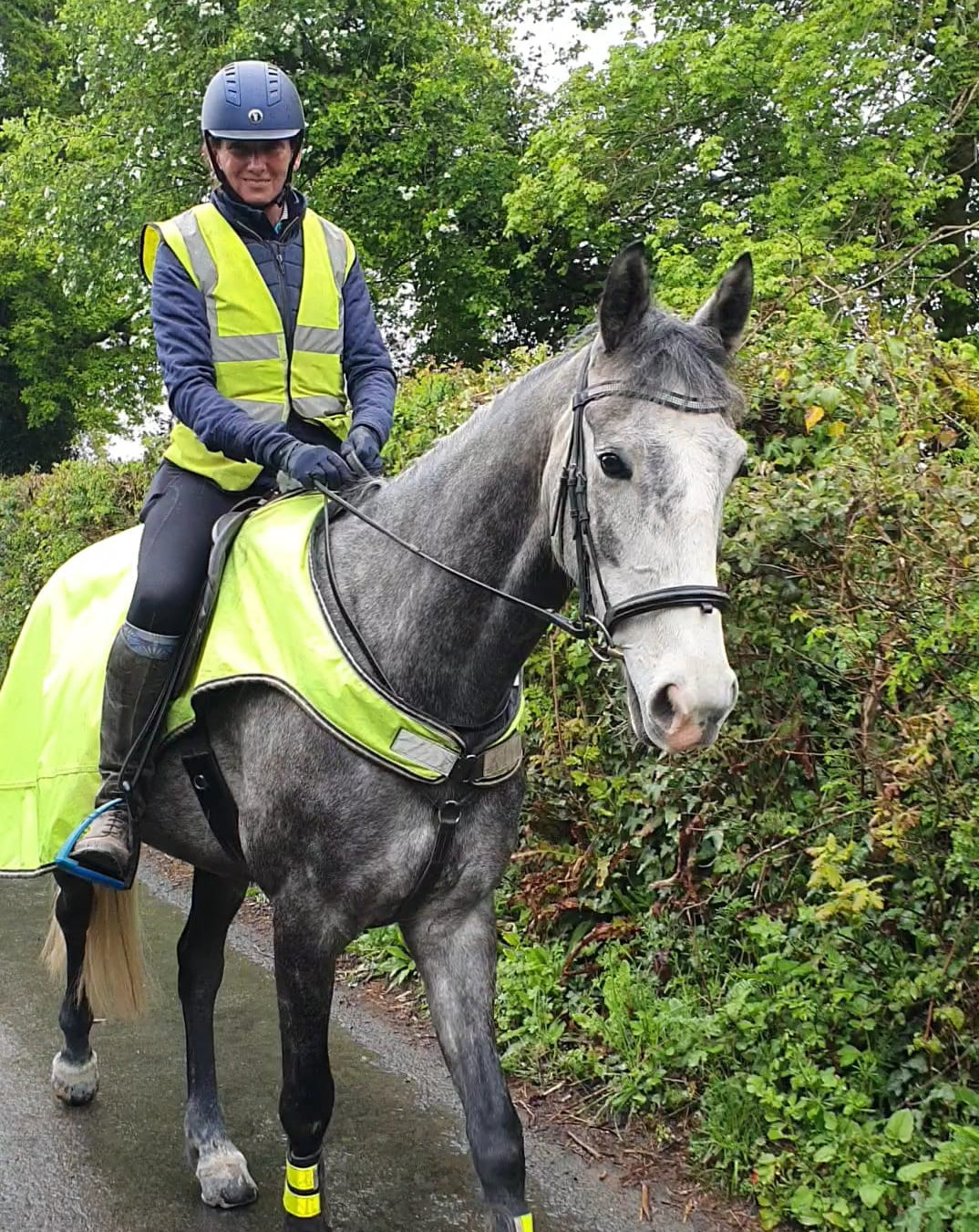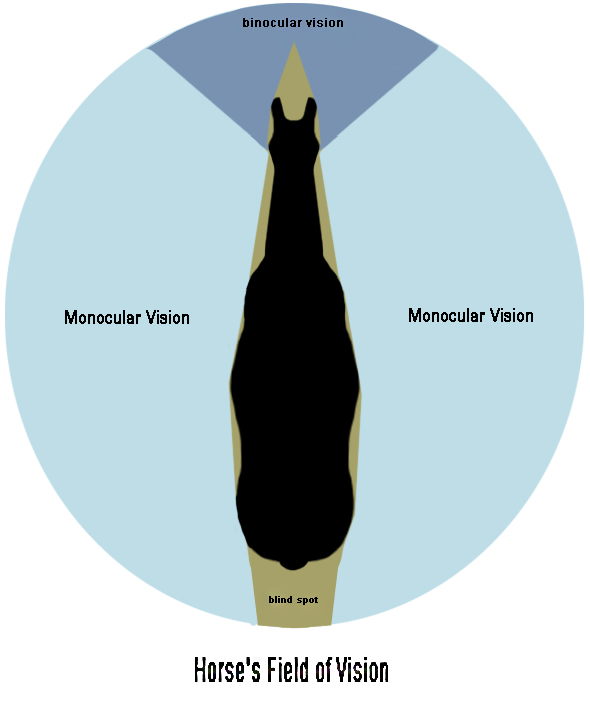
In the UK, it’s estimated that there around 1.8 million of us who ride horses regularly. Some will never venture further than an indoor school or arena. Others will have instant access to fields and bridleways, but for many of us, the only way to access the countryside or to get our horses fit without driving them nuts with boredom in the school, is to get out on the roads and lanes. Roadwork is, for the most part, an essential element in a horse’s training and fitness so, much as many of us might want to skip it, we can’t. Nine times out of ten, it’s an incident-free, enjoyable experience for horse and rider alike, mooching along, enjoying the evidence of the changing seasons in the hedgerows and gardens. But, occasionally, a routine hack can be transformed into a nightmare…
Horses are intelligent and sensitive creatures but they are flight animals. Their instinct, when faced with danger, is to shy away from it, bolt past it or turn and run. Danger, for a horse, comes in very many forms, many of which might seem ridiculous to non-horsey folk and are often unpredictably scary, even for an owner who knows their horse or pony well. Anything that is different on a horse’s regular route is viewed as a potential source of danger…and I mean anything! I used to have a horse who spooked at a particular large-leaved plant which seemed to have grown massively overnight!
Spooking and shying are abrupt, fast movements away from something and if the horse is focused on the super-scary plastic bag in the hedge, it will forget about the car coming up behind it when it scoots into the middle of the road. As riders, we do try to anticipate these reactions and be ready to restrict the horse’s ability to move into danger. We will talk to our horses and encourage them past the bogeyman, hiding in the bin or behind a washing line! Horses are big, yes, but many of them are real fraidy-cats and need a lot of reassurance, especially as youngsters or older horses who have experienced some degree of road-connected trauma. They have good memories.
When riding in a string, each horse has a responsibility for herd safety. The one in front will have ears pricked, focused on oncoming hazards. The one at the rear will have ears back and be alert to anything coming up behind. Those in the middle will be paying attention to both!
As a prey animal, their field of vision is wide, so they can catch sight of things that we certainly cannot see with our predator, front-facing binocular vision. Bear this in mind in all your encounters! Even as their heads pass you, you can still be seen!

As riders, we have a duty to do all we can to make ourselves and our horses easy to see. Hi vis clothing, exercise sheets, and even lights are now readily available. We will often ride several abreast for safety and road presence. Some people have taken to wearing headcams to film their rides…and any incidents.
Our main challenges, though, are presented by these three groups:
- Motorised vehicles
- Bicycles and push chairs
- Pedestrians with or without dogs
And here are my top tips for each:
Motorised vehicles:
First of all, please remember that the Highway Code has changed the rules for passing horses. You must now slow to at least 10 miles per hour. Few people seem to be aware of this and some are aggressive/defensive when it is is politely pointed out.
Please trust riders to know whether it’s safe for you to pass or not (from either direction). It is not always possible to squash your horse in tight against a hedge full of nettles or brambles or where there is something up ahead which may cause shying. We don’t want to hold you up…we’ll find a space to pull in as soon as we can! We won’t trot down a hill, as that means too much concussion on the front feet plus the risk of slipping (metal shoes on worn roads can be like skates). We, too, have to avoid potholes, so that needs to be factored in.
Please don’t crawl close behind us waiting for your chance! Horses feel pursued by an unknown predator.
Never come in on the left hand side of us, even at junctions or roundabouts, please.
We will wave you on when it is safe for everyone to do so. Often, we can see something up ahead – cyclists or walkers – that mean it would be unsafe for you to pass us at that moment in time.
Please don’t rev your engine or, if you have very kindly switched off, suddenly start up before we are safely away from you.
Blaring radios, dogs barking out of windows, children screaming or waving are all additional hazards.
Electric cars are, at the moment, terrifying to horses – stealth predators. Bear that in mind!
Motorbikes…especially noisy trail bikes… are a recipe for drama at best and disaster at worst. If the rider raises their hand to ask that you switch off, please do!
We are now in the season of full hedges…very high ones, too, in Devon and Cornwall. When you find yourself driving in a lane, please assume there might be a horse around the next corner and slow right down. A friend was nearly totalled the other day when a car came screaming round a corner on a very narrow lane. Luckily it was dry. If it had been wet…
And don’t forget the hazards of low sun in autumn and spring. A horse can ‘disappear’.
No-one wants to hit a horse. It’s a terrible experience for everyone concerned and will leave deep emotional scars, even if the outcome is not fatal for horse, rider, driver or passengers.
Most riders will be at pains to say thank you for your patience and understanding, but if they don’t take one hand off the reins to wave to you, it will be because they’re sitting on something that needs their full attention!
Please don’t toot! Thank you!
Bicycles and pushchairs:
Terrifying for some and not a problem for others! My mare doesn’t bat an eyelid at either but got very anxious about a wheelchair and it took some persuasion to get her past. It’s always best to assume that you are terrifying and proceed with caution. It’s usually a good idea to just stop and talk to the rider as they pass, then everyone stays chilled!
Cyclists can help by passing as wide as is possible. Bells? Hmm. Could frighten some.
A peloton of speeding racers is extremely scary, especially if the cyclists are more focused on the race than the horses.
Pedestrians, with or without dogs.
Please give the horses a wide berth.
Don’t make any sudden movements or noises! Hold down flapping coats or scarves.
Please don’t put an umbrella up while in a horse’s field of vision and please be prepared to take it down briefly if a horse panics.
Don’t hide in the hedge and then jump out ( it happens!).
People in gardens… if you start up your leaf blower or mower or your dog charges to the gate to growl and bark, that , too, can be a challenge. So, please, if possible, call the dog back and wait before powering up that gadget!
Please put your dog on the lead and keep it on until we are out of sight. Often a dog will be fine as the horses pass and then break into a frenzy of barking once they’ve gone or pull loose to chase after them. A dog kicked by a horse is not good. Nor is a horse bitten by a dog.
From a rider:
Productive convo with two dog walkers after a dodgy start:
Me: Please could you put your dogs on a lead?
Them: Why? Your horse is much bigger than my dogs.
Me (as they grudgingly leash the dogs): Thank you. Let me explain. My horse is hard-wired to flee predators. Your dogs are hard-wired to hunt. My horse is suppressing his flight instinct and trusting me when I tell him everything is OK. If this all goes wrong, a number of things could happen: Your dogs follow him or nip him. They get kicked. My horse decides I can’t be trusted to keep him safe, and bolts. I fall off. He falls over or runs into a car. It could be less catastrophic, but if it goes at all wrong, I will have damaged his trust in me and I really don’t want that. Trust is like reputation: years to build, seconds to destroy.
They understood.
Do say hello! We will!
It is so good for mental health to be out and about in the countryside. We are often drivers, too, so we understand the frustrations, but a few minutes wait is a small price to pay for safety – yours and ours. As riders, we just want our time on the road to be as stress-free as possible for us, you and our sensitive four-legged friends. We are doing our best to train them to turn a blind eye and a deaf ear to things that aren’t genuinely dangerous, but nothing is guaranteed!
British Horse Society statistics: since 2010:
More than 8,500 reports of road incidents involving horses; 502 horse fatalities; 44 human fatalities.
Over 2,170 reported incidents involving dogs and horses





